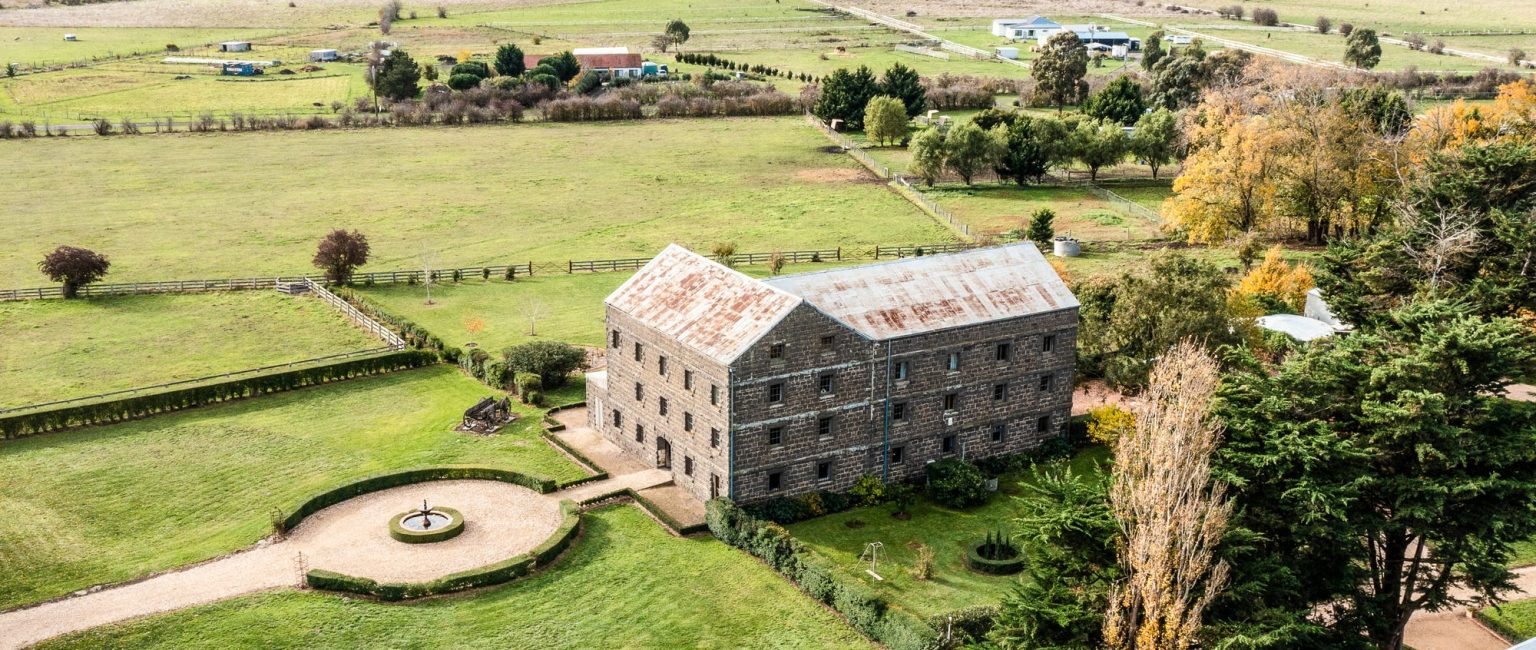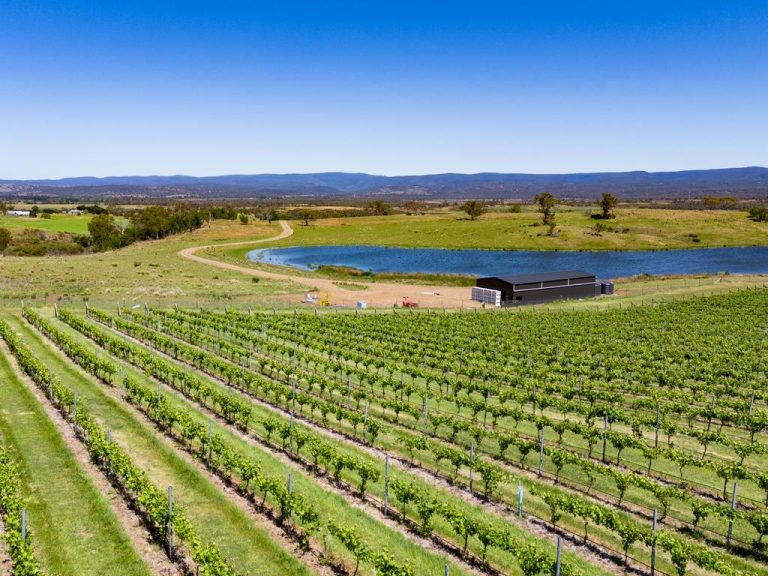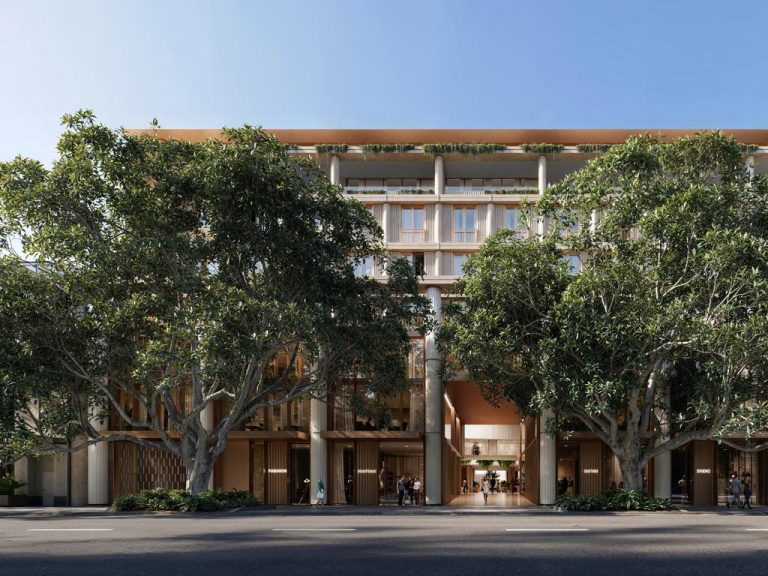Converted bluestone mill up for grabs in Kyneton, Victoria

A circa 165-year-old heritage protected mill and landmark residence in the Victorian town of Kyneton, has hit the market with price expectations of $5.8 to $6.3 million.
Campaspe Mill, which spans 5.62 hectares, at 2 Wards Lane, Kyneton, comprises a four-level residential home in the main building, stables with a tack room, manicured lawns and gardens and a four bedroom, freestanding Georgian home.
Selling agent Jack Richardson, of Abercromby’s Real Estate Armadale, said Campaspe Hill was the largest privately-owned property of its kind in Victoria.
“Its huge – it’s a very grand, sort of stately home,” he said.
“It’s a credit to the owners, the work they have done to the home over the last 26 years and it’s been a real labour of love for them.
“You won’t meet any owners who care about a property more, I can tell you. It’s incredible – they’re so proud of it.”

The former mill is now home to a four-level, completely renovated residence. Picture: realcommercial.com.au/for-sale
Buyer interest has come from across Australia, and Mr Richardson said the property was being considered by buyers for an array of uses, from residential as a permanent residence, holiday home or weekender, to a boutique hotel, or events or wedding venue.
A privilege to restore
Owners Helen and Bill Coleby purchased the residence 26 years ago from the Ward family, whose ancestors had owned it since the 1860s.
Mr Coleby said he had always admired the property and when it came onto the market he just had to have it.
“I have been in love with it all my life – since I have known it. So since I was a child I was in love with the property,” Mr Coleby said.
“And when it finally came on the market – obviously that’s the first time it’s been publicly on the market since it was built – so it was a pretty rare opportunity.”

Owners Helen and Bill Coleby have spent 26 years restoring Campaspe Mill. Picture: realcommercial.com.au/for-sale
In the decades the Colebys have owned Campaspe, they turned it into a home where they raised their four children.
“But we haven’t changed the feel of the mill at all, so you can still walk in and feel like you are coming into a 1800s mill but it’s got some sensitive modern fittings and things in it and it’s got walls for bedrooms and things like that, which have been done in keeping with the structure,” he said.
Prior to the family owning the property, it had been classified by the National Trust.
“We take pride in being the custodians and looking after the building, preserving that building for the period without any external financial assistance from anyone else. We have done it ourselves and we are very proud of that.”
Quantifying the dollar amount spent on Campaspe Mill was not something Mr Coleby said he wanted to place a figure on.
“Obviously, it would be an incredible dollar amount and an incredible human amount. All of the family, children included, have worked on it for all of those 26 years and I am still working on it – I love it so much,” he said.
“It’s immeasurable and the price of the property does not reflect in any way, the amount of work we have put into the property.”
However, Mr Coleby said it was time for he and his wife to say goodbye.
“We are ready to let it go,” he said.
Steeped in history
While the residence was not included in the Victorian Heritage Register, it was covered by a Heritage Overlay in the Macedon Ranges Shire Council’s Planning Scheme.

The property is a local landmark. Picture: realcommercial.com.au/for-sale
According to Heritage Victoria, the large and substantial three storey bluestone steam-powered mill was erected in 1856-57 for William De Graves, the son of Peter Degraves the founder of the Cascade Brewery in Tasmania.
“Between 1840 and 1880 nearly 300 flour mills were established in Victoria, the greater proportion of them being steam powered,” a Heritage Victoria spokesperson said.
Very few of these mills survive today and Wards Mill, also known as the Campaspe Mill, is a local landmark.”
The Heritage Council Victoria’s Victoria Heritage database states Ward’s Mill was important “most especially for its unusual planning with two perpendicular main blocks and for the lean-to sections supported on arcades, a most unusual feature.”
“The structure is an important representation of a technology and a local industry now lost.
“The mill is a local landmark, has historical associations and is a rare surviving example of an architect designed vernacular structure.”







